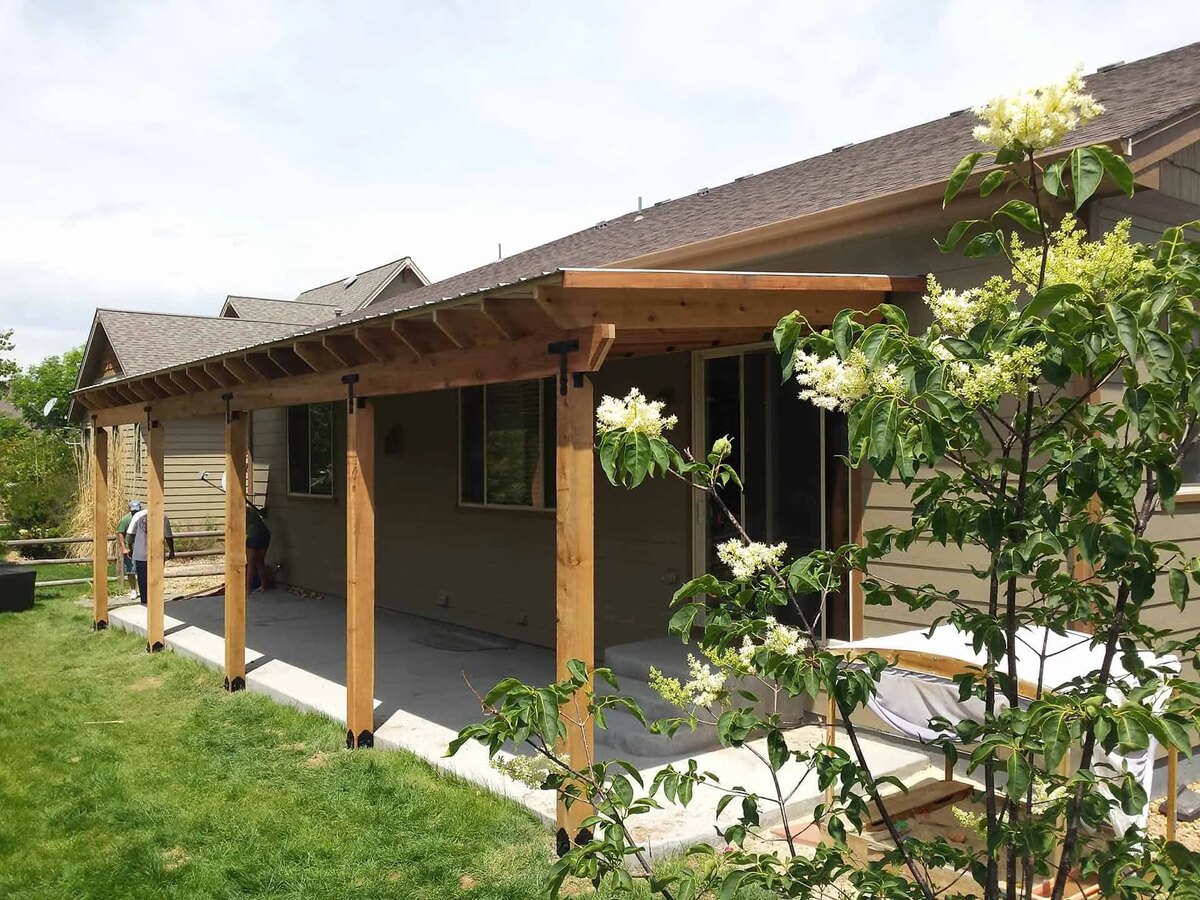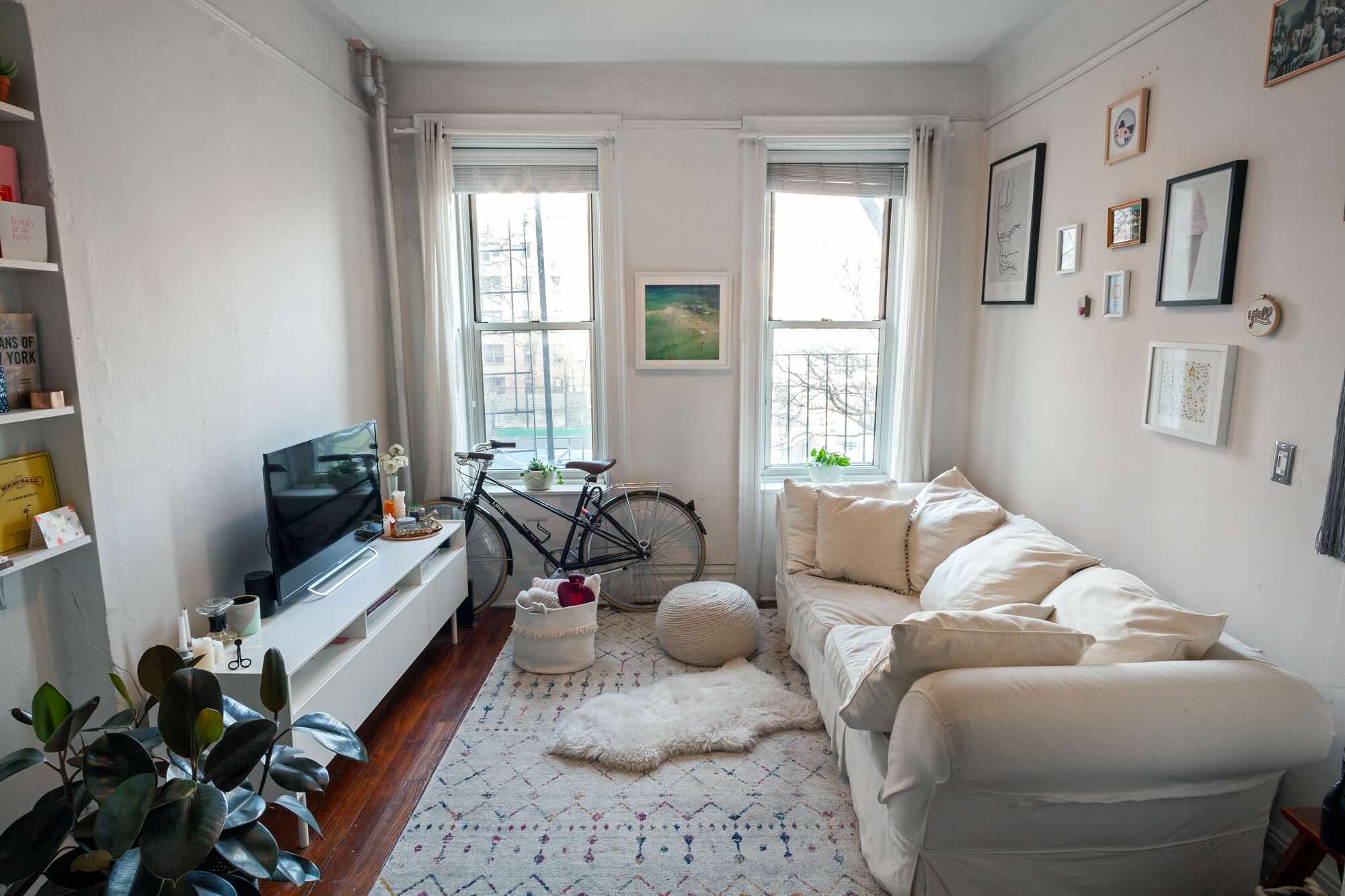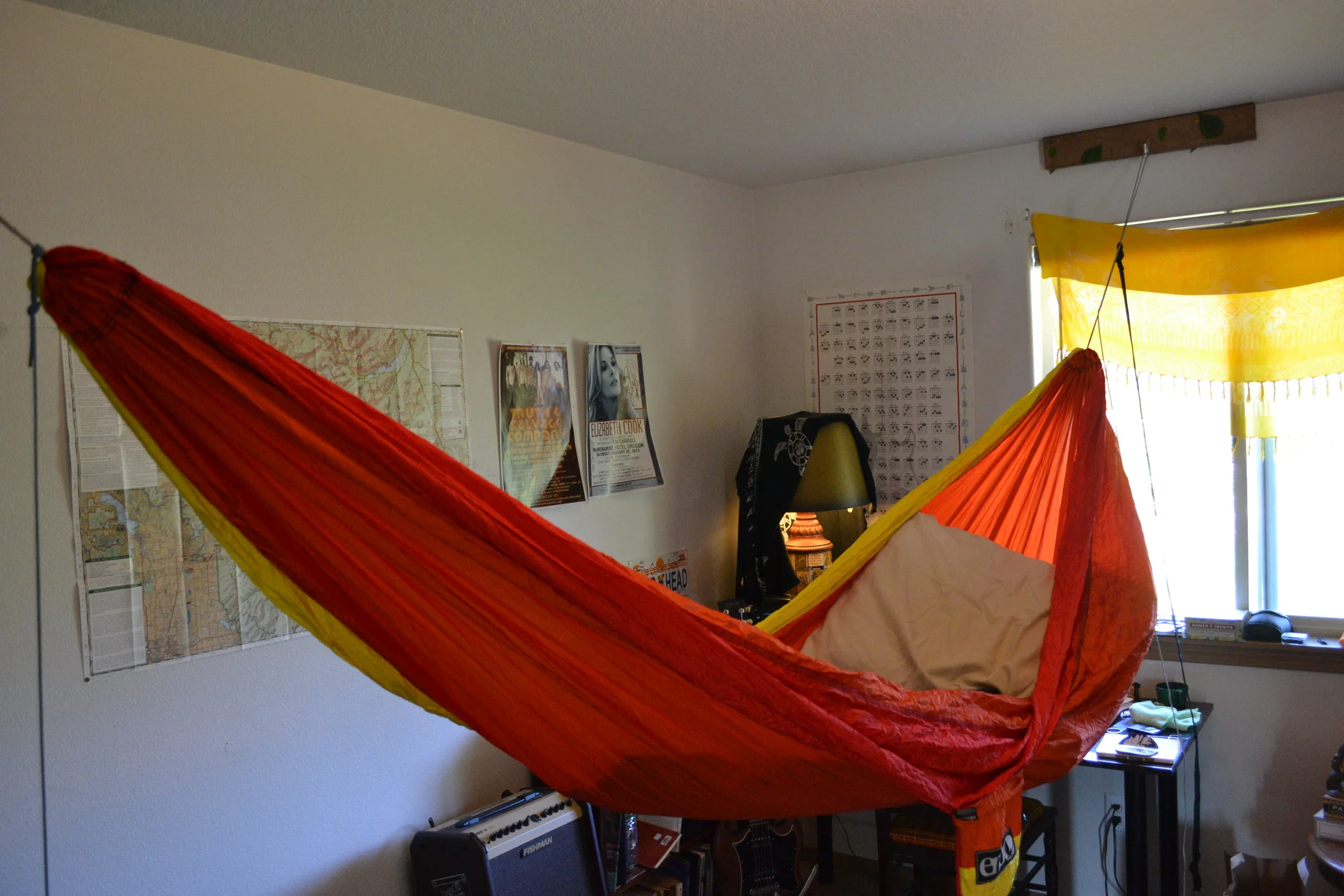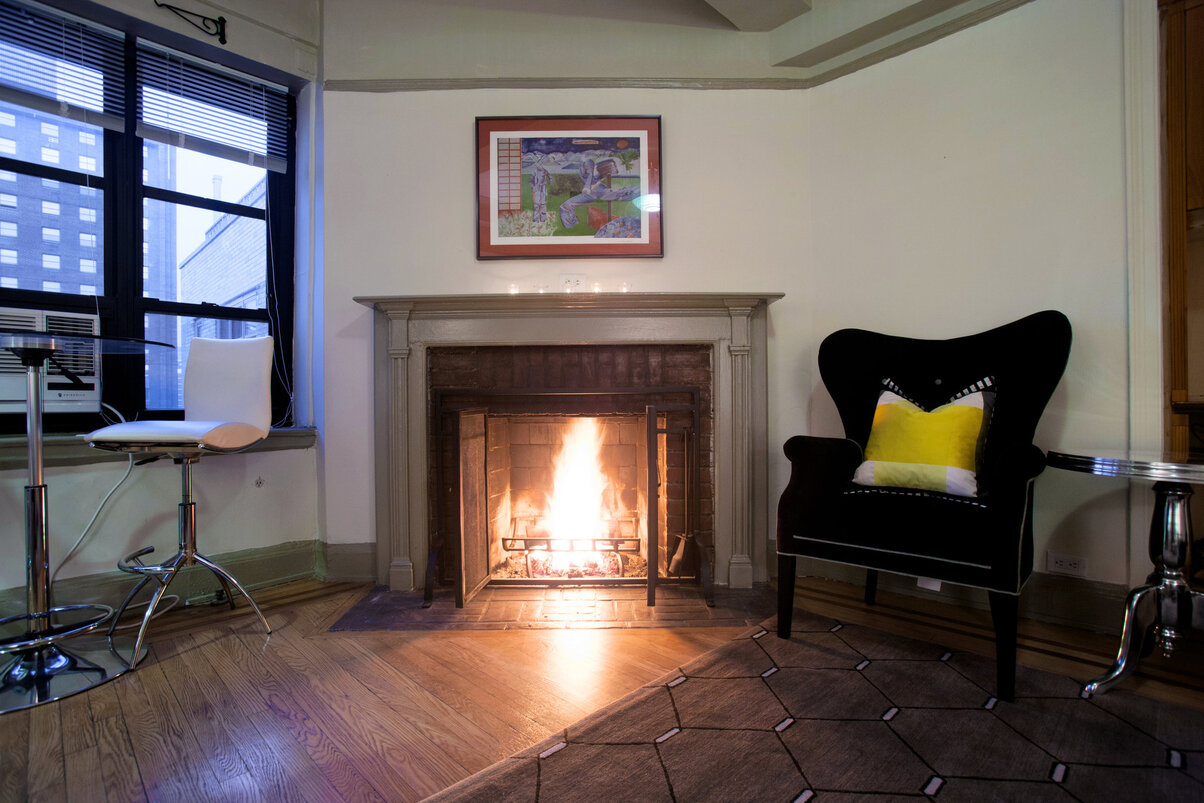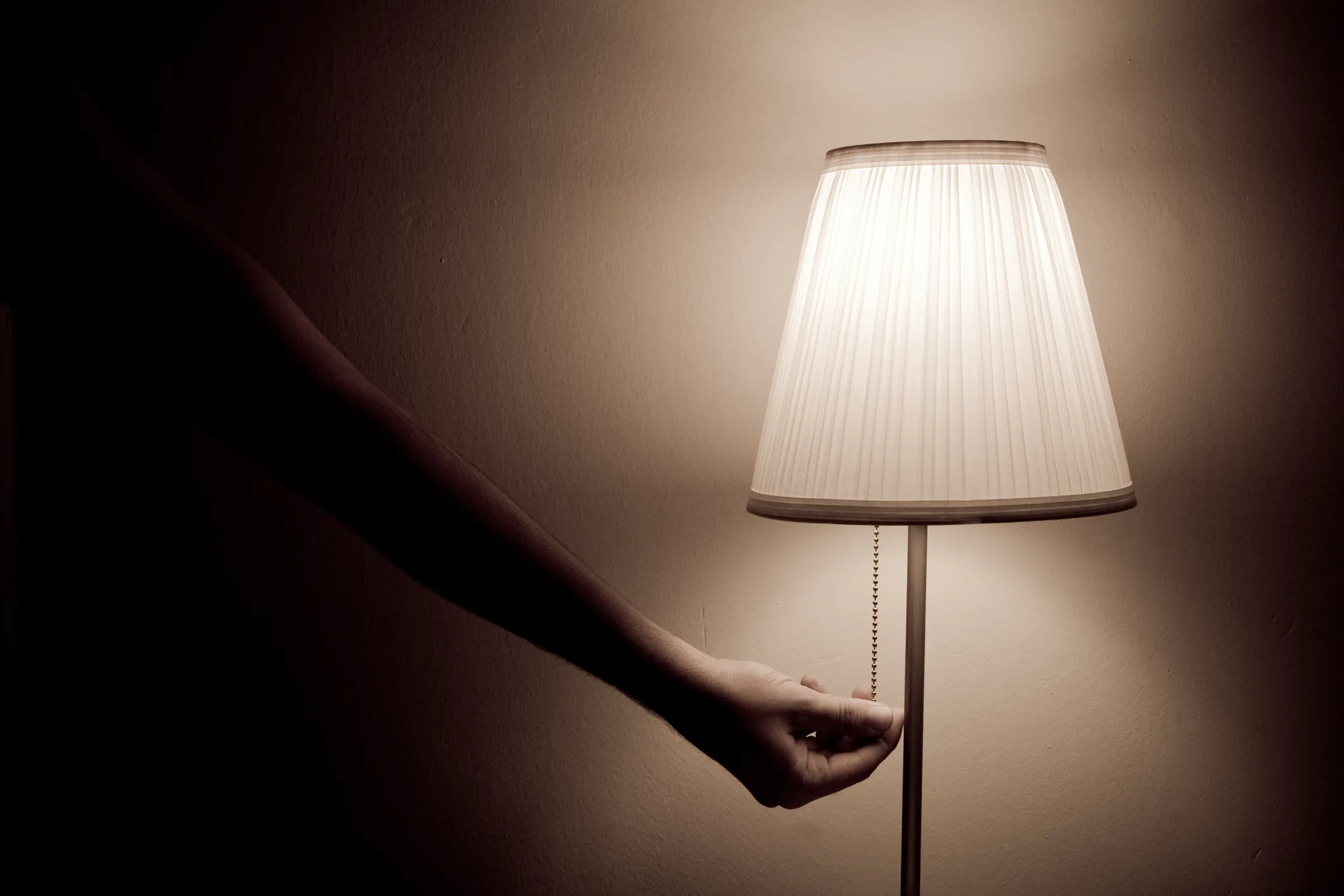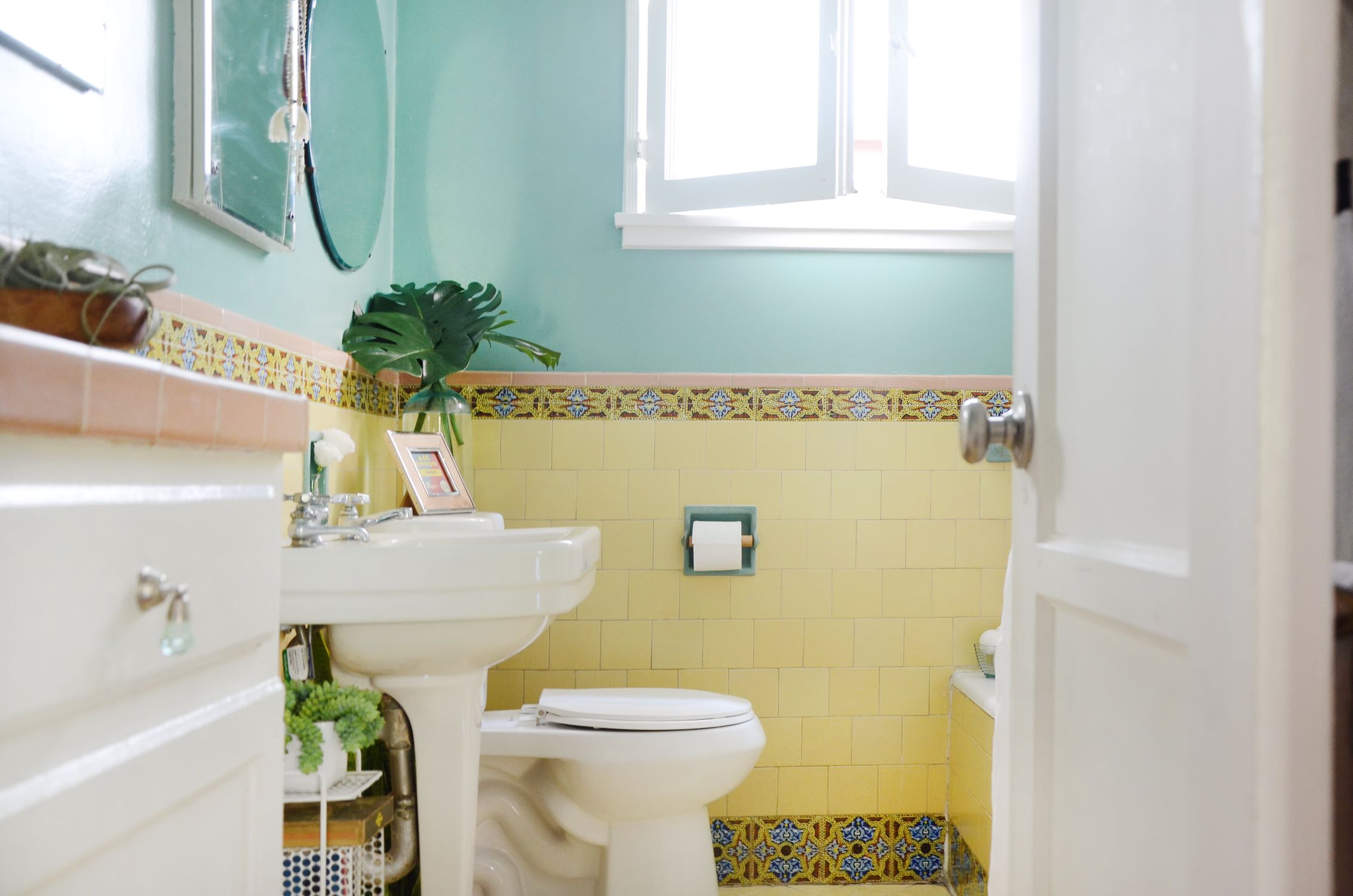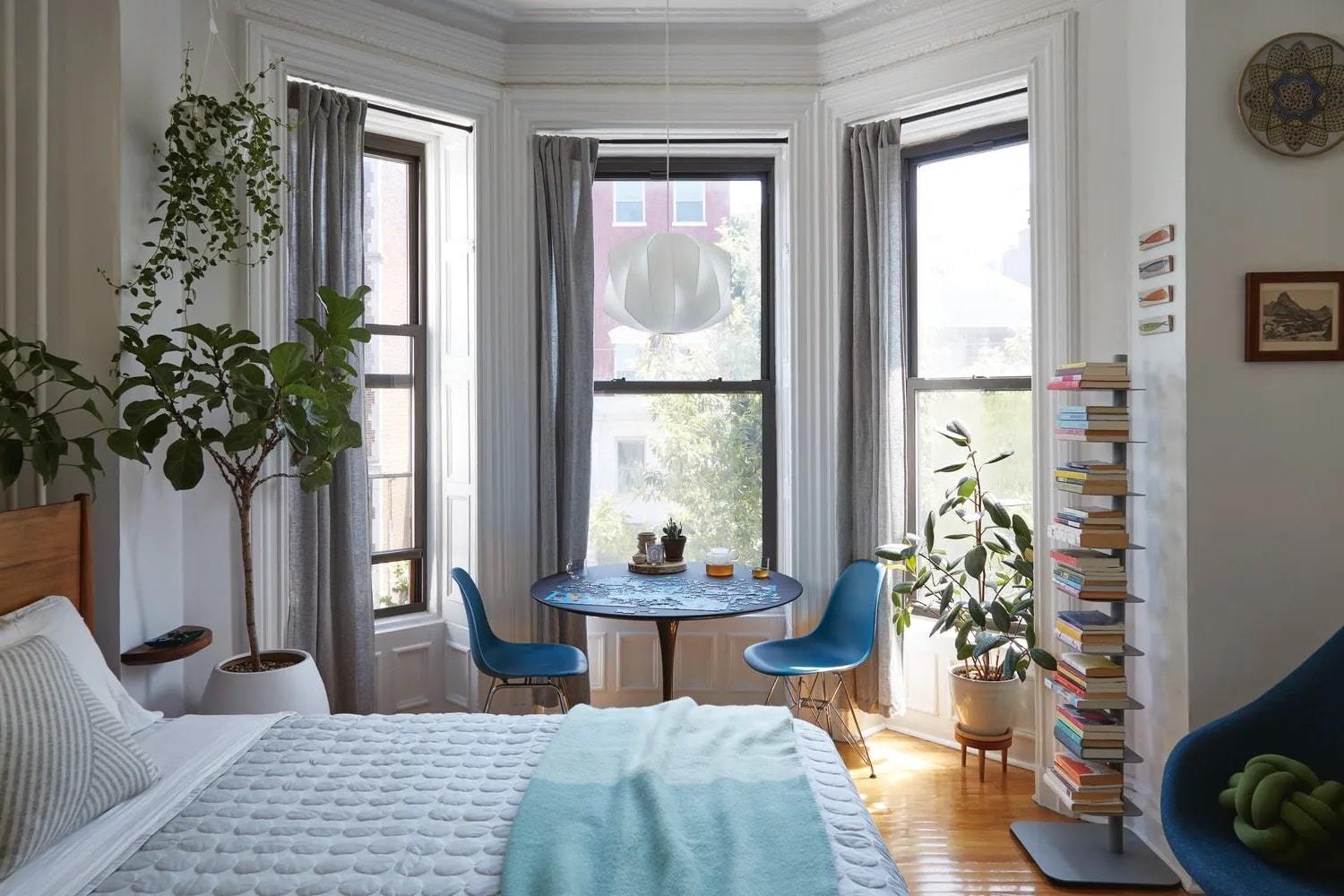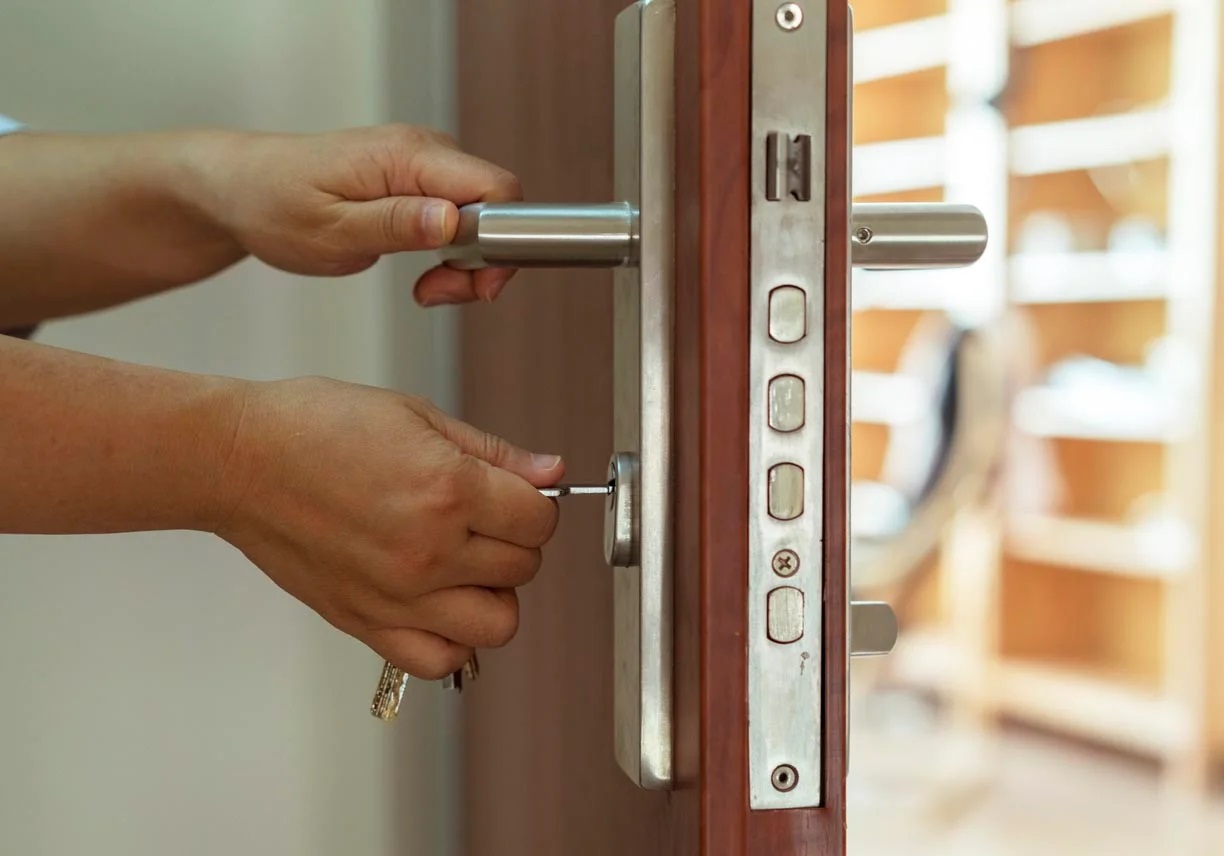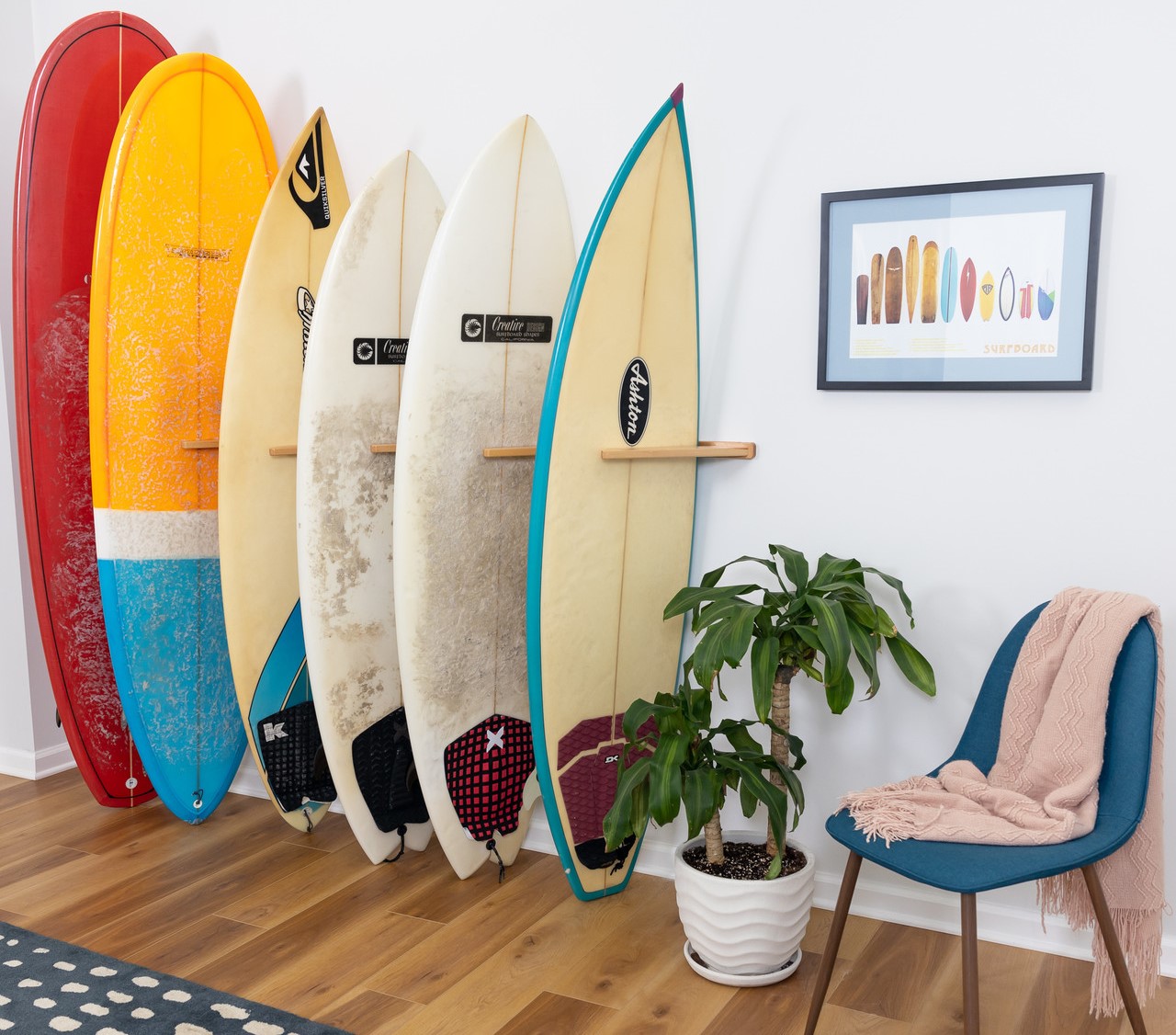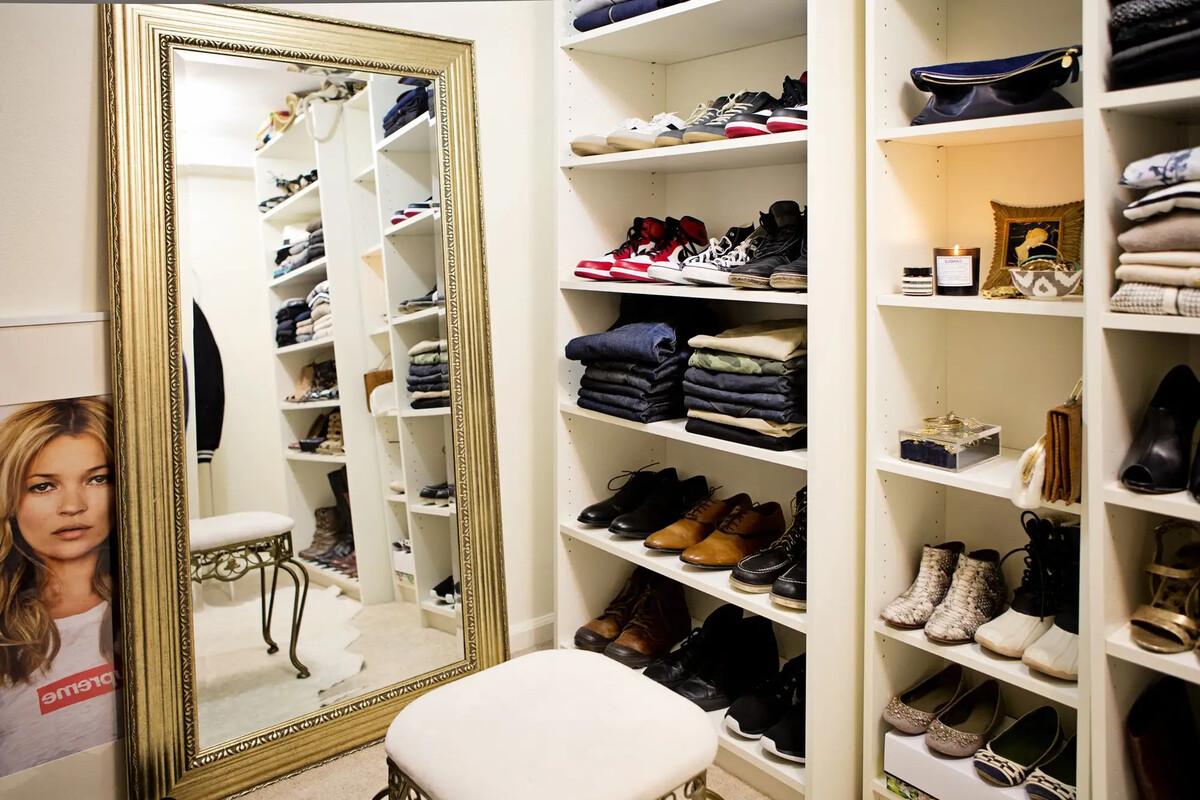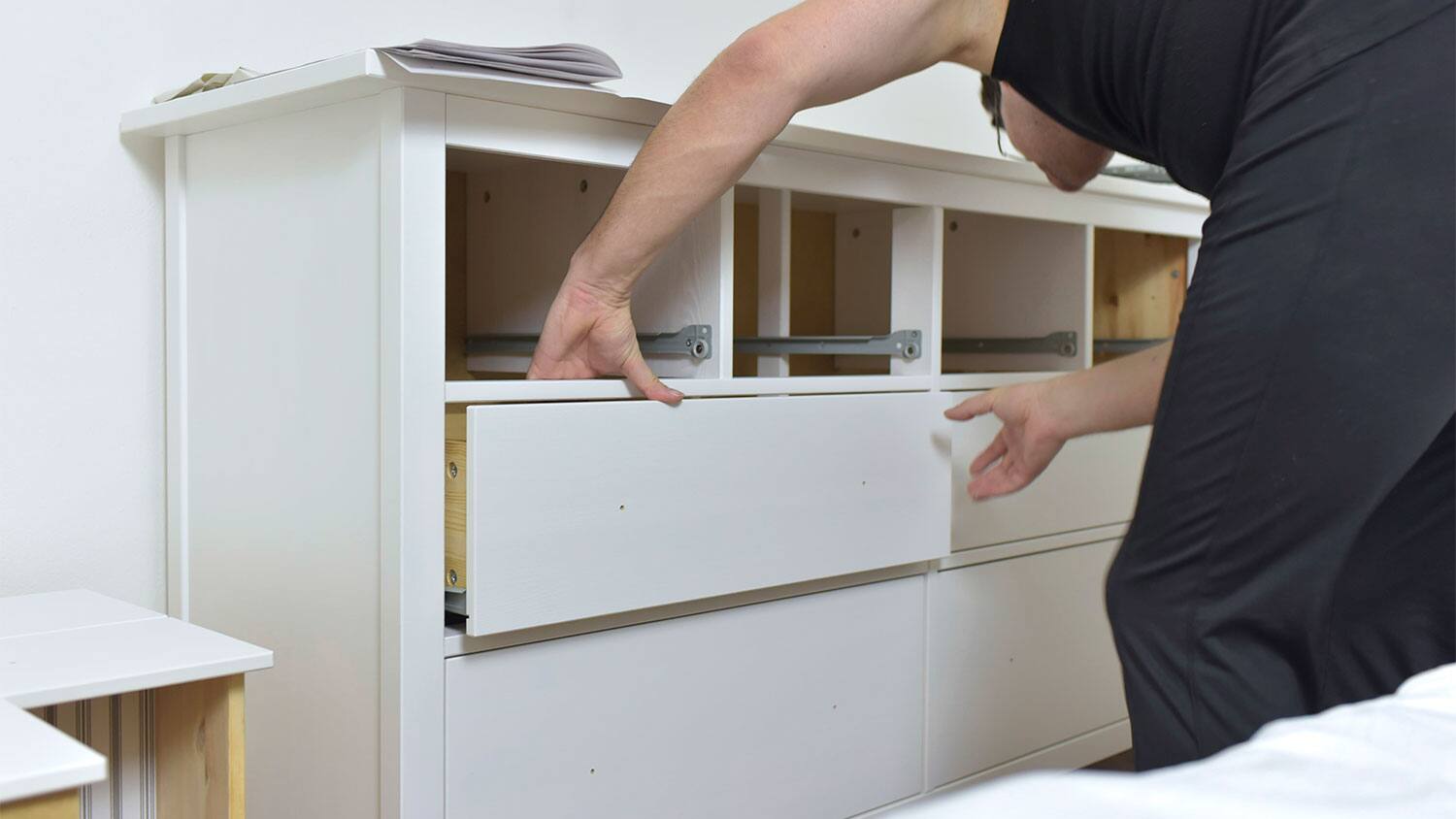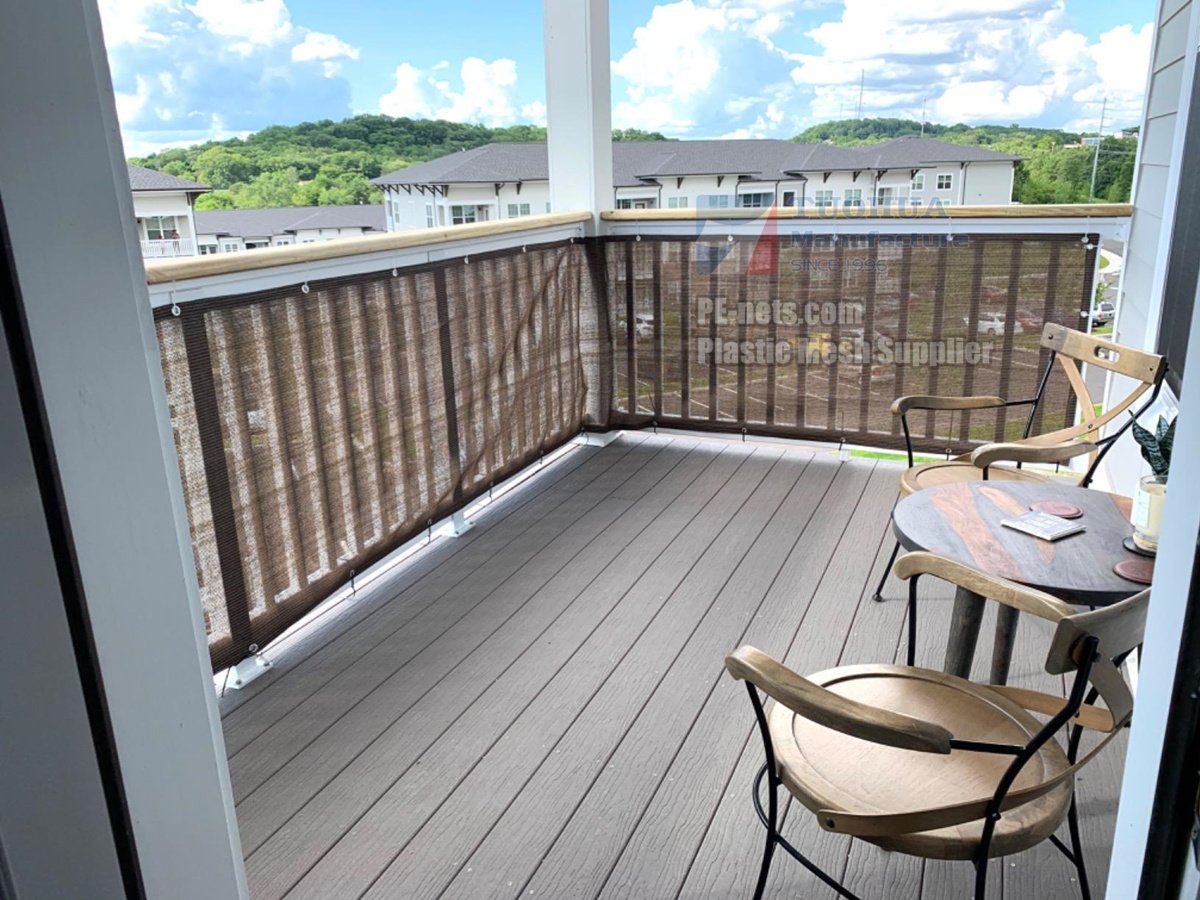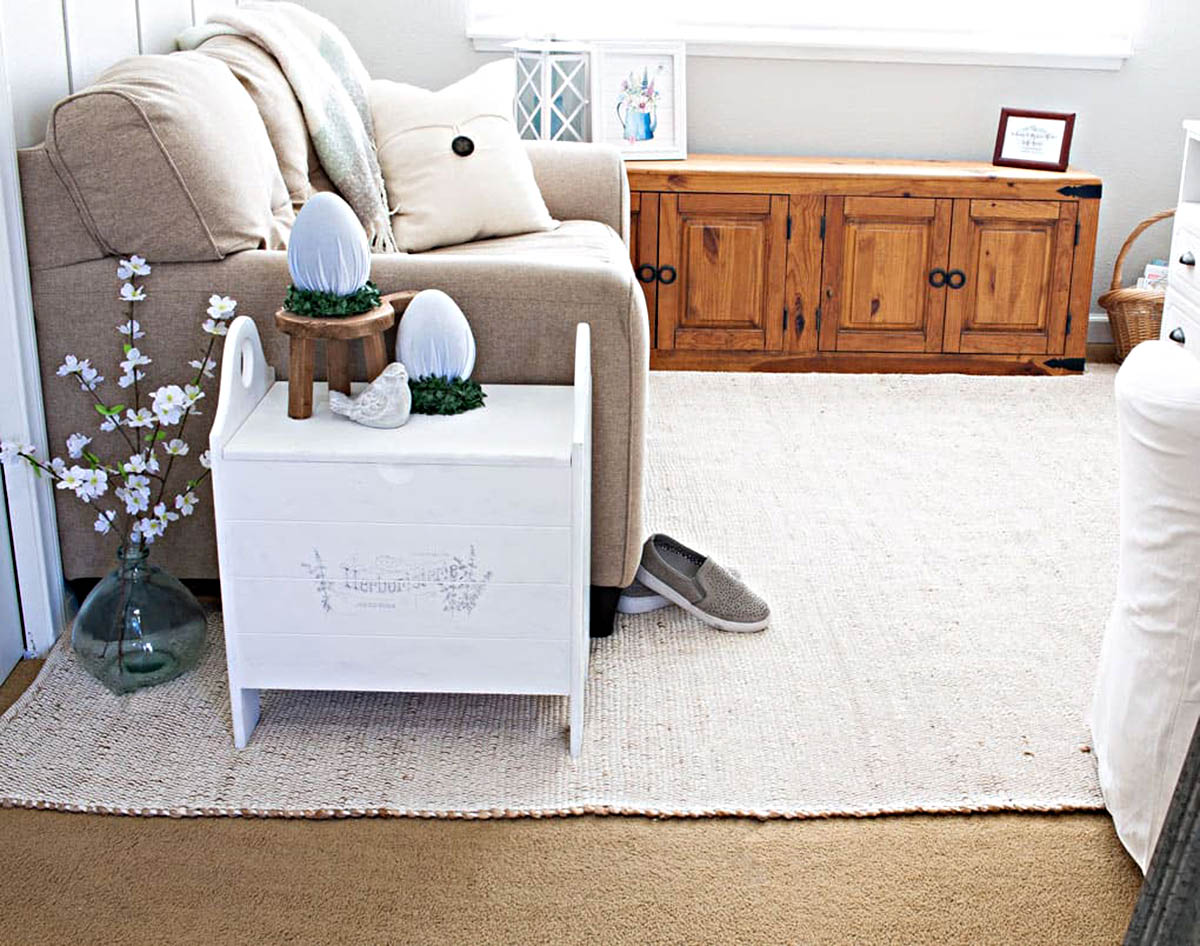

Articles
How To Cover A Carpet In An Apartment
Modified: October 28, 2024
Learn how to cover a carpet in your apartment with our informative articles. Transform your space with these easy DIY tips and tricks.
(Many of the links in this article redirect to a specific reviewed product. Your purchase of these products through affiliate links helps to generate commission for Storables.com, at no extra cost. Learn more)
Introduction
When it comes to decorating and furnishing an apartment, one of the key elements that can transform the look and feel of a room is the choice of flooring. While many apartments come with standard carpeting, it may not always match your personal style or preferences. If you’re looking to cover an existing carpet in your apartment, whether it’s to add a new layer of protection or to change the overall aesthetic, you’ve come to the right place.
This article will guide you through the step-by-step process of covering a carpet in an apartment. With the right tools and techniques, you can easily achieve a fresh and stylish look without damaging the existing carpet or compromising on functionality. So, let’s get started and give your apartment a whole new vibe!
Key Takeaways:
- Transform your apartment with a stylish carpet covering by measuring, cleaning, securing, and arranging furniture. Create a cozy and inviting space that reflects your personal style and enhances the ambiance of your home.
- Enhance the aesthetic appeal and functionality of your living space by covering your apartment’s carpet. Follow the step-by-step process to achieve a fresh and stylish look without compromising on functionality.
Read more: Ground Cover: How Far Apart
Step 1: Measure the Carpet
The first step in covering a carpet in your apartment is to accurately measure the dimensions of the carpet you wish to cover. This will ensure that you purchase the correct amount of covering material and avoid any unnecessary waste or shortage.
Start by gathering a tape measure and a pen and paper to record your measurements. Begin at one corner of the carpet and measure the length and width. Make sure you measure from the edge of the carpet and not the wall or baseboard.
If you plan on covering the entire carpet, measure the full length and width. However, if you only intend to cover a certain area, such as a high-traffic zone or a specific section of the room, measure that particular area instead.
Once you have the measurements, it’s a good idea to add a few extra inches to account for any potential cutting or trimming that may be required during the installation process. This additional allowance will ensure that you have enough material to work with and can make any necessary adjustments without running short on the covering material.
After measuring the carpet, take note of the dimensions and keep them handy. This information will be useful when selecting the appropriate amount of covering material and planning the layout for the next steps in the process.
Step 2: Clean the Floor
Before you cover the carpet in your apartment, it’s essential to ensure that the underlying floor is clean and free from dirt, dust, and debris. This step will not only help create a smooth surface for the new covering but also prevent any potential damage to the existing carpet.
Start by removing all furniture and objects from the area you’ll be covering. This will give you unrestricted access to the floor and make the cleaning process easier. Sweep or vacuum the carpet thoroughly to remove any loose dirt or particles.
Next, inspect the carpet for any stains or spills that may require spot cleaning. Use appropriate carpet cleaning solutions or stain removers to treat and remove these stains. Follow the instructions provided on the cleaner’s packaging and take care not to oversaturate the carpet.
If the carpet has any stubborn or deep-seated stains that are difficult to remove, you may consider hiring a professional carpet cleaning service to ensure a thorough and effective cleaning process.
Once you’ve addressed any stains, it’s time to clean the floor itself. Depending on the type of flooring, use a suitable cleaning method, such as mopping for vinyl or tile floors or steam cleaning for carpets. Ensure that the floor is completely dry before proceeding to the next step.
Cleaning the floor not only provides a clean and fresh surface for the covering but also helps prevent any odors or allergens from seeping through the new material. It’s a crucial step in the process, ensuring a clean and healthy environment in your apartment.
Step 3: Secure the Carpet Pad
Once the floor is clean and ready, the next step is to secure a carpet pad or underlay. The carpet pad serves as a cushioning layer between the existing carpet and the new covering, providing added comfort and insulation.
First, measure the dimensions of the area you’ll be covering with the carpet pad. Cut the pad accordingly to fit the space, leaving a slight overlap along the edges to ensure complete coverage.
Next, unroll the carpet pad and position it on the floor. Ensure that it sits evenly and smooth out any wrinkles or bumps. If necessary, trim the pad to align it with the edges of the room, using a utility knife or scissors.
Secure the carpet pad in place by using a staple gun or adhesive. If your apartment lease allows it, stapling the pad to the floor along the edges and at the corners provides a secure hold. Alternatively, you can use a carpet adhesive to stick the pad to the floor. Be sure to follow the manufacturer’s instructions and allow adequate drying time.
Regularly check the pad during the installation process to ensure that it remains in place and doesn’t shift or bunch up. A properly secured and smooth pad will provide a stable base for the new carpet covering and prevent any potential slipping or sliding.
Installing a carpet pad not only adds comfort and insulation but also helps extend the lifespan of both the existing carpet and the new covering. It acts as a barrier against wear and tear, reducing friction and impact on the carpets.
With the carpet pad securely in place, you’re ready to move on to the next step of covering the carpet in your apartment.
Step 4: Unroll and Position the Carpet
With the carpet pad in place, it’s time to unroll and position the new carpet covering. This step requires careful handling and precise placement to ensure a seamless and professional-looking result.
Start by unrolling the carpet in the designated area, making sure to align it with the edges of the room. If necessary, trim off any excess carpet using a utility knife or scissors. Be cautious when cutting, making small, precise cuts to avoid any accidental damage.
As you unroll the carpet, ensure that it sits evenly and smoothly over the carpet pad. It’s important to avoid any creases or bubbles, as these can affect the appearance and durability of the finished look.
As you position the carpet, leave a slight overlap along the edges. This will allow you to make necessary adjustments and ensure that the entire carpet is properly covered. Later, you will trim off the excess carpet in the next step.
If you’re covering a large area with multiple rolls of carpet, make sure to align the patterns or textures of the carpet for a cohesive and seamless look.
Take your time during this step, smoothing out the carpet and adjusting its position as needed. It’s crucial to ensure that the carpet is laid flat and secure, with no loose corners or edges that could pose a tripping hazard or lead to premature wear.
Once you’re satisfied with the positioning of the carpet, move on to the next step – trimming the excess carpet to achieve a neat and professional finish.
Consider using area rugs to cover high-traffic areas of the carpet in your apartment. This will help protect the carpet from wear and tear, and can easily be removed and cleaned if necessary.
Read more: How To Cover A Carpet On Stairs
Step 5: Trim Excess Carpet
After unrolling and positioning the carpet, it’s time to trim off the excess material to achieve a clean and polished look. Trimming the carpet requires precision and careful cutting to ensure an accurate fit.
Start by gathering a straight edge, such as a ruler or a long piece of wood, to guide your cuts. Place the straight edge along the edge of the room, overlapping onto the carpet. This will serve as a guide for cutting a straight and even line.
Using a sharp utility knife or carpet cutting tool, carefully cut along the straight edge, ensuring a smooth and straight line. Apply firm, consistent pressure to achieve a clean cut. Take your time and make small, deliberate cuts to avoid any mistakes or uneven edges.
As you make your way around the room, continue using the straight edge as a guide and trimming off the excess carpet. Be mindful of any corners or obstructions, making precise cuts to fit the carpet tightly against the walls or objects.
After trimming, take a step back and inspect the edges of the carpet to ensure a seamless and professional finish. If necessary, make minor adjustments and trim any uneven or protruding sections to achieve a neat and tidy appearance.
Properly trimmed edges not only enhance the overall aesthetics but also make the carpet more functional and safe, preventing any potential tripping hazards or frayed edges.
With the excess carpet trimmed, your carpet covering is almost complete. The next step is to secure the edges of the carpet to ensure it remains in place and doesn’t shift during everyday use.
Step 6: Secure the Edges
After trimming the excess carpet, it’s important to secure the edges to keep the carpet in place and prevent any shifting or movement. This step ensures a professional and finished appearance and helps to prolong the lifespan of the carpet covering.
There are a few different methods you can use to secure the edges of the carpet, depending on your preference and the guidelines provided by your apartment management.
One common method is to use carpet tape or adhesive. This is a convenient and effective way to secure the edges of the carpet to the floor. Apply the adhesive along the edges of the carpet, following the manufacturer’s instructions. Press down firmly to ensure a strong bond between the carpet and the floor. Be careful not to use excessive adhesive, as it may seep through the carpet fibers and cause visible stains.
Another option is to use a carpet gripper or tack strips. These are wooden or metal strips with sharp tacks that grip the carpet and hold it in place along the edges. Install the strips against the walls, ensuring that the tacks are facing towards the center of the room. Press the carpet firmly onto the gripper or tack strip to secure it in place.
If you prefer a less permanent option or if your apartment lease prohibits the use of adhesives or tack strips, you can also use double-sided carpet tape. This provides a temporary solution that holds the edges of the carpet in place without causing any damage to the floor or the carpet itself. Simply apply the double-sided tape along the edges and press the carpet firmly onto the tape.
Whichever method you choose, make sure the edges of the carpet are securely fastened to avoid any tripping hazards or unsightly curling. Take the time to walk along the edges and test the carpet’s stability to ensure it’s properly secured.
Once the edges are secured, it’s time to place your furniture back on the carpet and rearrange your apartment to complete the transformation.
Step 7: Arrange Furniture on the Carpet
The final step in covering a carpet in your apartment is to arrange your furniture on the newly styled carpet. This step allows you to complete the look of the room and create a comfortable and functional living space.
Before placing furniture on the carpet, it’s important to consider the layout and flow of the room. Take measurements of your furniture and plan where each piece will fit best. Consider factors such as the size of the room, natural focal points, and the functionality of the space.
Start by placing larger furniture pieces, such as sofas, beds, and tables, in their designated spots. Arrange them in a way that maximizes both comfort and visual appeal. Allow for ample space to walk around and ensure that the furniture is not overcrowding the room.
Next, add smaller accent pieces, such as chairs, side tables, and lamps, to complete the furnishings. These pieces can be strategically placed to create a balanced and well-proportioned arrangement. Consider the color and style of the furniture to ensure it complements the overall ambiance and theme of the room.
Arrange the furniture in a way that promotes conversation and functionality. Create cozy seating areas by grouping furniture together, and ensure that pathways are clear and accessible. Pay attention to natural light sources, such as windows, and position furniture accordingly to make the most of the available light.
Once you have arranged the furniture, take a step back and assess the overall look. Make any necessary adjustments to achieve the desired balance and harmony in the room. Experiment with different layouts until you find the one that best suits your needs and personal style.
With your furniture arranged on the newly covered carpet, take a moment to appreciate the transformation of your apartment. The new carpet not only adds visual appeal but also creates a comfortable and inviting space for you and your guests to enjoy.
Remember to regularly vacuum and clean the carpet to maintain its freshness and prolong its lifespan. Taking care of your newly covered carpet will ensure that it remains in optimal condition for years to come.
So sit back, relax, and enjoy your newly transformed apartment with a beautiful carpet covering that reflects your personal style and adds warmth to your living space!
Conclusion
Covering a carpet in your apartment can significantly enhance the aesthetic appeal and functionality of your living space. By following the step-by-step process outlined in this article, you can easily achieve a fresh and stylish look without damaging the existing carpet or compromising on functionality.
From measuring the carpet to securing the edges and arranging furniture, each step is crucial in creating a seamless and professional result. Taking the time to properly clean the floor, secure a carpet pad, and trim the excess carpet ensures a solid foundation for the new covering.
By choosing the right method to secure the edges and carefully arranging furniture, you can create a comfortable and inviting space that reflects your personal style and enhances the ambiance of your apartment.
Remember, regular maintenance and cleaning of your newly covered carpet are essential to keep it looking fresh and prolong its lifespan. Vacuuming regularly, addressing spills and stains promptly, and following any additional care instructions recommended by the manufacturer will help maintain the carpet’s beauty and durability.
Whether you’re looking to add a new layer of protection, change the overall aesthetic, or simply refresh your living space, covering a carpet in your apartment is a practical and effective solution. With the right tools, techniques, and a little creativity, you can transform your apartment into a stylish and cozy haven that you’ll be proud to call home.
So go ahead, unleash your creativity, and enjoy the process of covering a carpet in your apartment. Your efforts will be rewarded with a beautiful and inviting space that reflects your unique style and meets your practical needs.
Happy decorating!
Frequently Asked Questions about How To Cover A Carpet In An Apartment
Was this page helpful?
At Storables.com, we guarantee accurate and reliable information. Our content, validated by Expert Board Contributors, is crafted following stringent Editorial Policies. We're committed to providing you with well-researched, expert-backed insights for all your informational needs.
